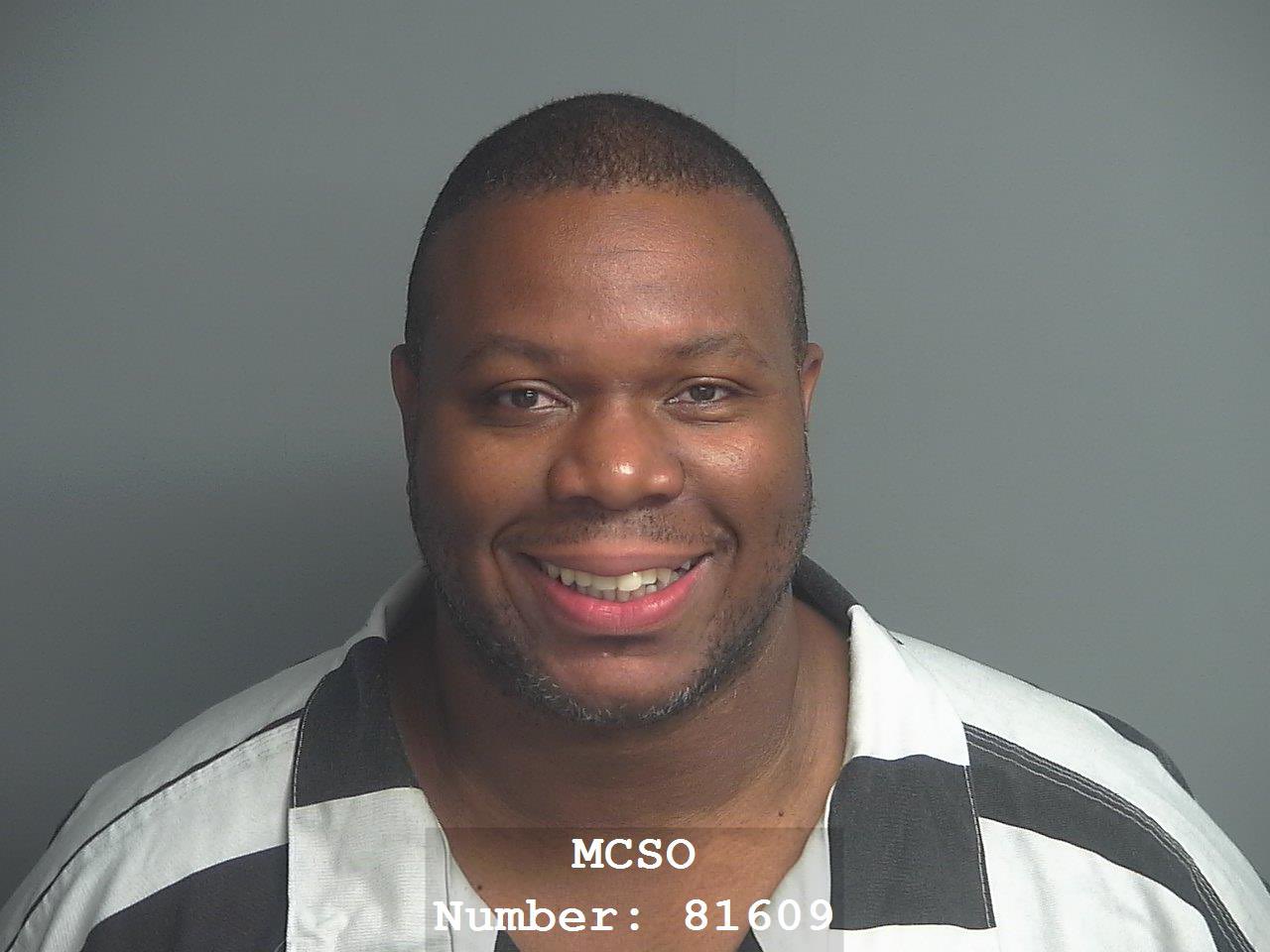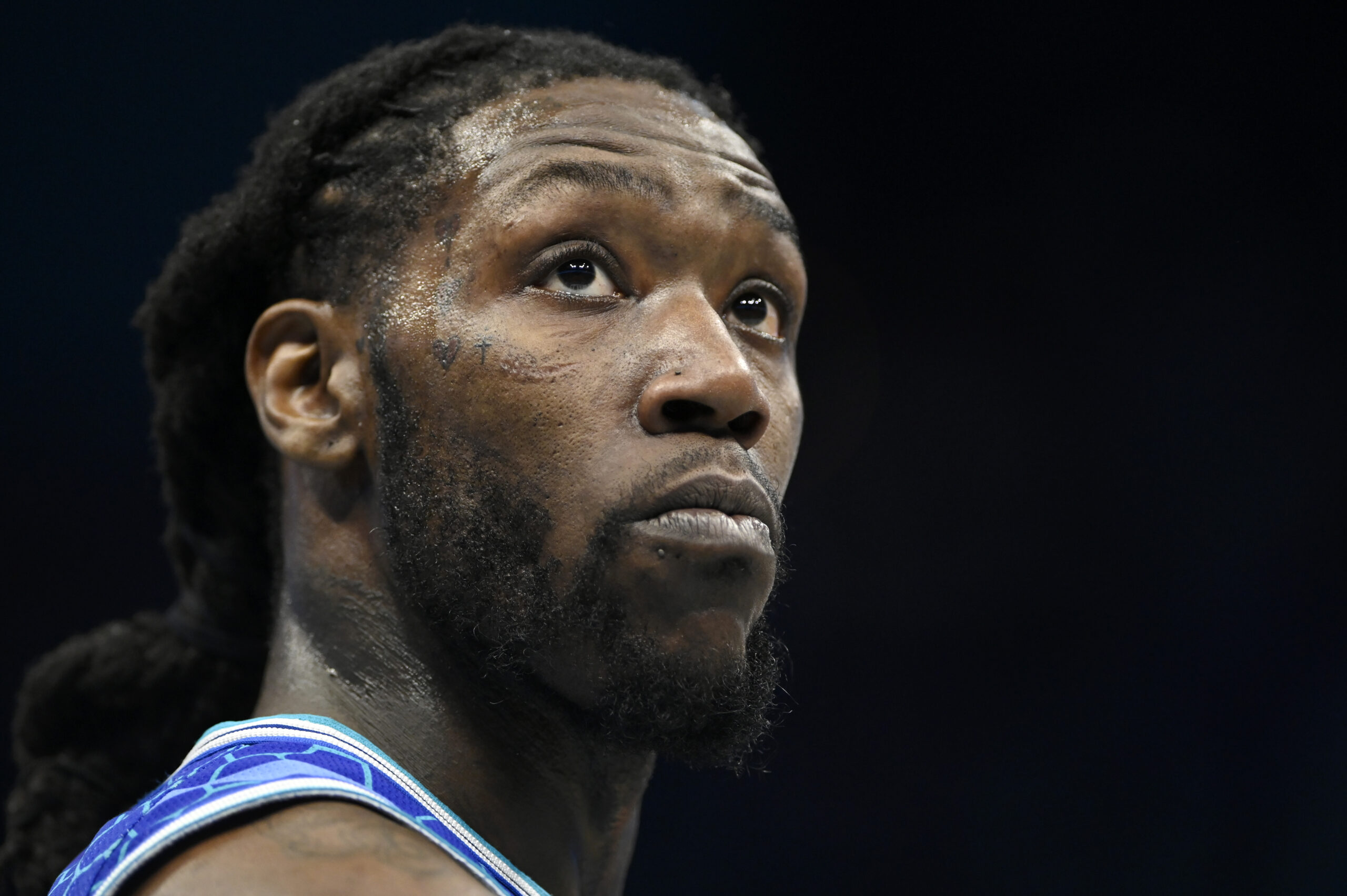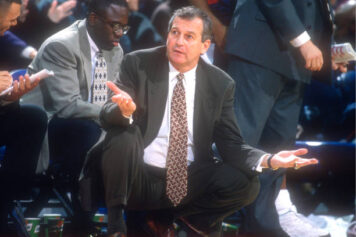Louisville Cardinals guard Kevin Ware's leg snapped and was wreck-city after he jumped to defend a 3-pointer in the Elite Eight game against the Duke Blue Devils.
Unfortunately, Ware’s season is over. His college career and potential pro earnings are in jeopardy as well.
In an ironic twist of fortune for the NCAA, the image of this March Madness lowlight and the emotional Cardinals victory that followed is forever a part of college basketball lore. What ultimately happens to him is the bigger issue. Or at least it should be.
For every player that goes to college and becomes a success, there are lesser known players who balled their hearts out for a university, got injured and never reaped the benefits of their hard work.
It’s been happening. It’s rarely seriously discussed until gruesome players on high revenue-generating college teams suffer injuries. Then the pay-for-play issue takes center stage.
A recent class action lawsuit led by former UCLA and NBA forward Ed O'Bannon , targets the NCAA with antitrust violations and seeks revenues from live and taped TV broadcasts of college football and basketball games as well as profits from merchandise licensing fees on video games and clothing.
The plaintiffs say they, as well as current and future college athletes, should be compensated for the use of their images in all media, and want a trust fund set up for payouts once an athlete leaves school.
The case, filed in ’09, has expanded to include Hall of Fame co-plaintiffs like Oscar Robertson and 11-time NBA champ Bill Russell.
According to sportsillustrated.com, in a motion filed last August, “the plaintiffs contend that both current and former athletes should be included in the case and argued that they are entitled to 50 percent of revenue generated by NCAA and conference television contracts. In other words, it has become a pay-for-play case.”
USC AD Pat Hayden fears the NCAA is in danger of losing the antitrust suit, which would spell disaster for university budgets.
“All of a sudden your television revenue—let’s say it’s $20 million a year [for a school],” Hayden lamented. “Now, if they win, it’s $10 million a year. How do you make your 21 sports work on half that revenue?”
The universities should not have to carry the brunt of that burden.
The NCAA could start with finding a way to break off Ware, and his fellow student-athletes, a small cut of that $10.8 billion its raking in from CBS/Turner Sports for March Madness between 2011 and 2024. Don’t forget the mint four-year deal with ESPN that pays the BCS $500 million. Some of the NCAA’s cash cow, student-athletes, are yelling broke and getting bagged for trying to make some shorts by selling personal college merchandise or committing burglaries.
That’s a bad look for the cash-kicking NCAA. Is this indentured servitude or free education and advanced opportunity?
In February, CNBC reported that television broadcast revenues of college sports have soared to nearly $2 billion a year. College sport merchandise licensing revenue — from items like T-shirts, caps, jersey, shoes and video games — was estimated at $4.6 billion in 2012.
The work load of these student-athletes far exceeds the normal student. Studying, practicing, traveling, playing, doing free commercials, photo shoots and promotions is taxing work for compensation that amounts to no financial guarantees, a piece of paper and a cafeteria sandwich.
If there is money to be made, it’s a good thing players are becoming more vocal about getting theirs and putting an end to the hypocrisies of the NCAA. This is an organization that focuses its energies on investigating programs, building destructive cases and dart-on-the-donkey decisions about eligibility based on prehistoric rules. At the same time, it breeds this financially-thirsty atmosphere through greed, convoluted rules and unrealistic standards for the universities it governs.
The NCAA has had a long-standing and firm stance against opening a Pandora’s Box like paying players. The sports’ governing body feels tuition, room, board and the many perks that athletes enjoy is a sweet-enough deal.
Only problem is, the reward hasn’t advanced with the changing financial landscape in college athletics.
Instead of playing this game where the NCAA walks a tightrope of exploiting students, running a billion dollar corporation and, then, trying to punish people for attempting to successfully exist in the structure it created; let’s give kids the option to attend college as students, student-athletes or just athletes.
Set different standards of expectations for each category and a clearer picture of what college athletics actually is will emerge. However, sorting the logistics involved with such a philosophical shift seems like an impossible undertaking. The questions are endless.
How would the money be distributed among the many NCAA sports? Who would decide which athlete gets paid the most? The shady recruiting process would surely become mired in violations and deception.
How could anyone predict or prorate how many times a particular person’s image will be displayed in the next 10 to 50 years?
In response to the growing pressure concerning this issue, in 2011 the Division I Board of Directors approved a package increasing scholarship amounts for student-athletes. Staunch supporters of the pay-for-play concept said it wasn’t enough.
This latest class action suit is going for the jugular.
As more players like Ware get hurt and potentially lose scholarships — while the NCAA continues to get paid — more lawsuits will follow. More former athletes with no previous recourse will surface, public sympathy will continue to grow and the ever-evolving discussions on pay–for-play will become an unavoidable thorn in the NCAA’s side.



